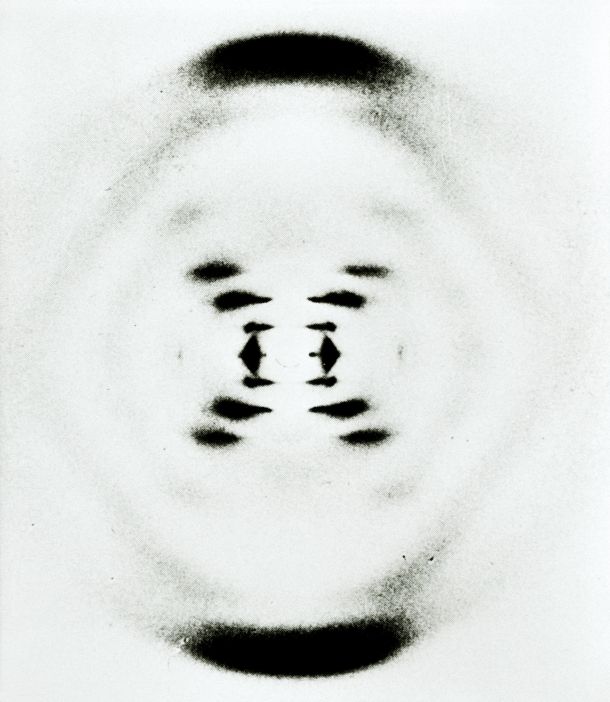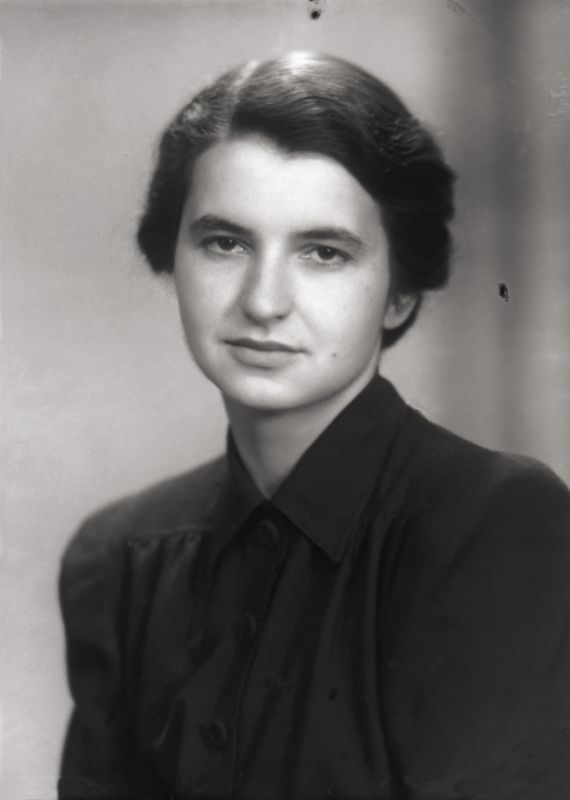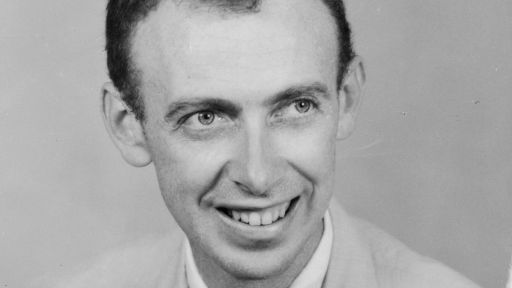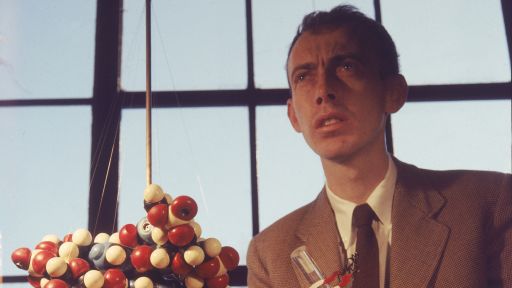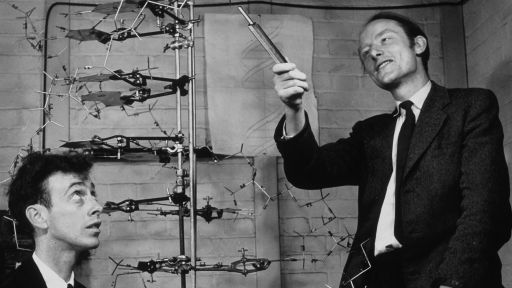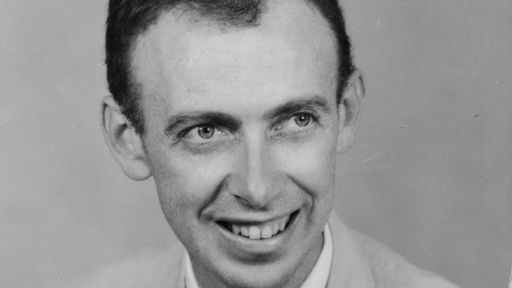On February 28, 1953, Watson and Crick discovered the double helix, made up of four chemical bases that unzip and replicate to form identical new strands of genetic material. In 1962, Watson, Crick and Wilkins received the Nobel Prize for Physiology or Medicine. Watson and Crick shared the prize with Wilkins in recognition of his initial work on X-ray diffraction, as well as his follow-up work in verifying the double helix model they proposed. Rosalind Franklin did not receive a posthumous prize; she died of cancer at the age of 37 on April 16, 1958. Nobel Prize rules prohibit splitting prizes more than three ways.
Despite Franklin’s contribution to the groundbreaking discovery, Watson chose to insult her and depict her in a negative light in his bestselling book “The Double Helix” (1968). The New York Times columnist Carl Zimmer, Cold Spring Harbor Laboratory’s Bruce Stillman, evolutionary biologist and author Joseph Graves, Jr., and others discuss Watson’s treatment of Franklin in American Masters: Decoding Watson, streaming now on pbs.org/americanmasters and PBS apps.

